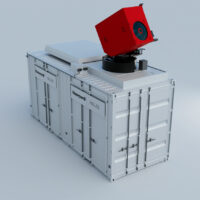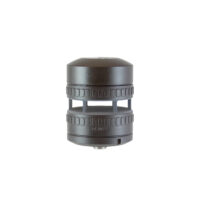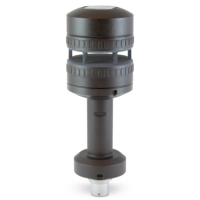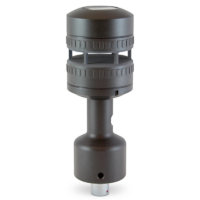Military Meteorology
Meteorological and weather stations are essential for a wide range of military operations. They may be portable or fixed, and can be installed at air bases and remote air strips to provide weather information that will aid aircraft and drone operations, facilitating effective flight preparation, takeoff and landing. They provide essential situational awareness for operations planning that can be crucial for mission success.
Military weather sensors may also be installed on board naval and coast guard vessels to aid in visibility and navigation, and are used on armored vehicles and artillery platforms to increase ballistic effectiveness and reduce friendly fire. Rapid-deployment weather stations may also be set up in emergency response situations such as fires and nuclear, biological and chemical threats, as these situations can be exacerbated by wind and rain.
Rugged Weather Stations
Military weather stations can measure and record a wide range of parameters, including wind speed and direction, temperature, pressure, humidity, precipitation, and lightning. Sensors may be integrated into the station, or connected via expansion ports for additional flexibility. Additional sensors may include GNSS receivers, cameras for panoramic views and additional situational awareness, and LiDAR ceilometers for measuring cloud height.
Data may be recorded locally on internal storage, or communicated to the cloud via SATCOM (satellite communications), cellular or radio modem. This data may then be accessed and displayed on devices such as mobile phones, tablets or PCs. Wireless weather stations may also be connected directly to another system by serial RS-232 or RS-422, or Ethernet.
Weather stations deployed on bases or vehicles may be able to utilize existing power sources. Remote military weather stations may use batteries for power, as well as solar panels.
Rugged weather stations for military use need to be resistant to a wide variety of harsh environmental conditions. These include sand, dust, rain, ice, snow, gunfire, extreme operating temperatures, EMI (electromagnetic interference) and shock and vibration.



















